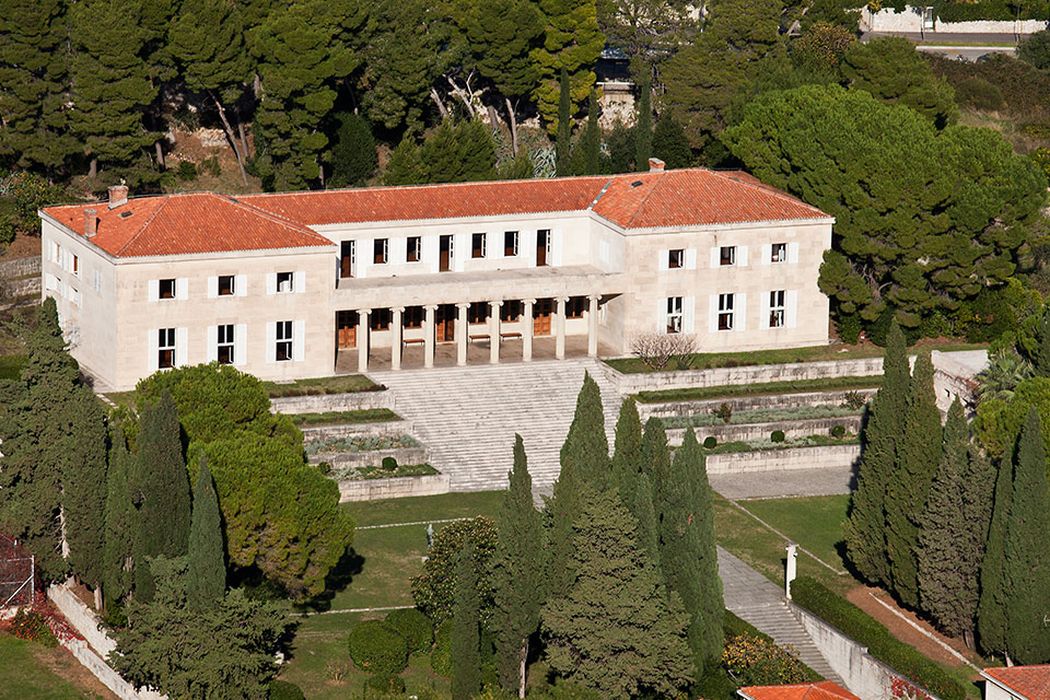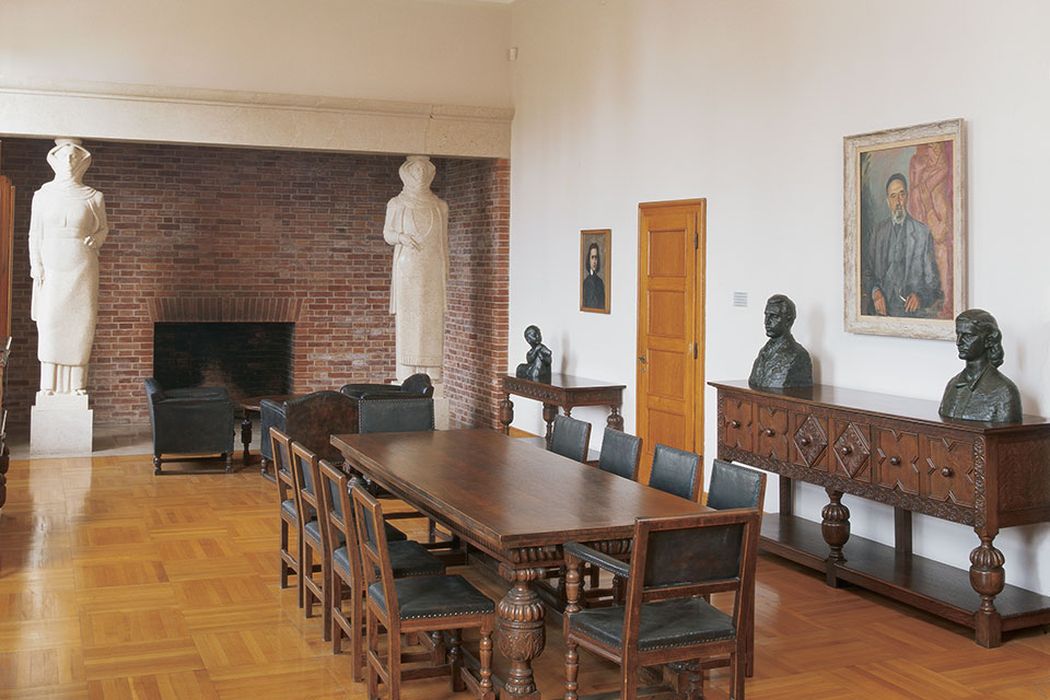Inside the artist's studio
This blog is part of a series responding to the question 'How do you keep the artist's spirit alive in a studio museum?'
The Donation Act dated 31 January 1952 is the beginning of what we today know as Ivan Meštrovic Museums. Ivan Meštrovic is the most prominent 20th century Croatian artist who expressed himself as a sculptor, painter, architect and writer.
After leaving Croatia during the Second World War and settling in the United States, Meštrovic's properties were looked after mainly by his friends and cousins.
With the Donation Act, the Croatian people have received four properties: the artist's family house in Zagreb; the summer villa in Split; 'Kaštelet', a renaissance castello converted into the Church of the Holly Cross, with a Doric cloister; and the family mausoleum, the Holy Redeemer church, in Dalmatian hinterland village of Otavice.
The family mausoleum is a memorial place where visitors can come to admire the beautiful representation of the author's religious thoughts, and pay their respects at his final resting place. Kaštelet was built with the intention of providing the ordinary people with a place of worship for Sunday Holy Mass.
In Zagreb and Split, however, the private homes were turned into museum spaces.

The Galerija Meštrovic, Split, seen from above
The primary intention of the friends and curators who lived in the houses immediately after the Meštrovic family was to save and protect the private archives, the photographs, the works of art and the buildings themselves. To this end, they were in constant touch with the artist while he was living abroad.
After turning the houses in Split and Zagreb into museum spaces with permanent exhibitions, the most problematic curatorial question came out: what to leave on show and what to preserve in the stores?
An enormous effort was put into finding the balance between preserving those rooms that still retained the atmosphere of their recent use as family spaces, and the parallel need to use many of those spaces to display more than 130 works of art donated by the artist.
Seen in the light of white-walled galleries, and the modern museum technologies used there to enhance the visitor's experience, the Meštrovic houses in Zagreb and Split are lacking.
However, clean spaces filled only with the greatest works of art offer a special kind of experience when a visitor views them after discovering the whole story of Meštrovic's very interesting life, and viewing the original spaces and objects displayed here.
In the Galerija Meštrovic in Split and the Atelijer Meštrovic in Zagreb, a visitor can find the basic information about each exhibited art work, get a paper guide through the permanent exhibition rooms, get the information from museum docents or pay for a guided tour.
Many books about the artist and his life, the museum catalogues as well as permanent and temporary exhibition catalogues are also available.
The intention is to keep the atmosphere of private homes and residences intact. This is not an easy task at all. The pressure of recent technologies and new trends in museology sometimes gets rather strong, as opposed to the need to keep the spaces clean and free of all possible distractions such as textual billboards, virtual reality tours or the like.
At the Meštrovic museums, the visitor can come near the sculptures and see them from all sides, without glass cases or any restrictions. However, this also presents the challenge of keeping the artworks safe, especially when there may be increased numbers of visitors, or larger groups.

The Meštrovic Gallery, Split - view of the interior
The present approach is providing high quality guided tours by museum docents and curators who also add a piece of personal touch and the insider stories; making quality paper guides and producing a very good web site and online information that will attract the visitor to come and visit the genuine and authentic spaces which still keep the spirit of Ivan Meštrovic alive.
Despite all the challenges, the respect towards the Meštrovic's idea of turning his houses into the temples of art and keeping them as authentic as possible is our guiding thought.
This blog is part of a series responding to the question 'How do you keep the artist's spirit alive in a studio museum?'